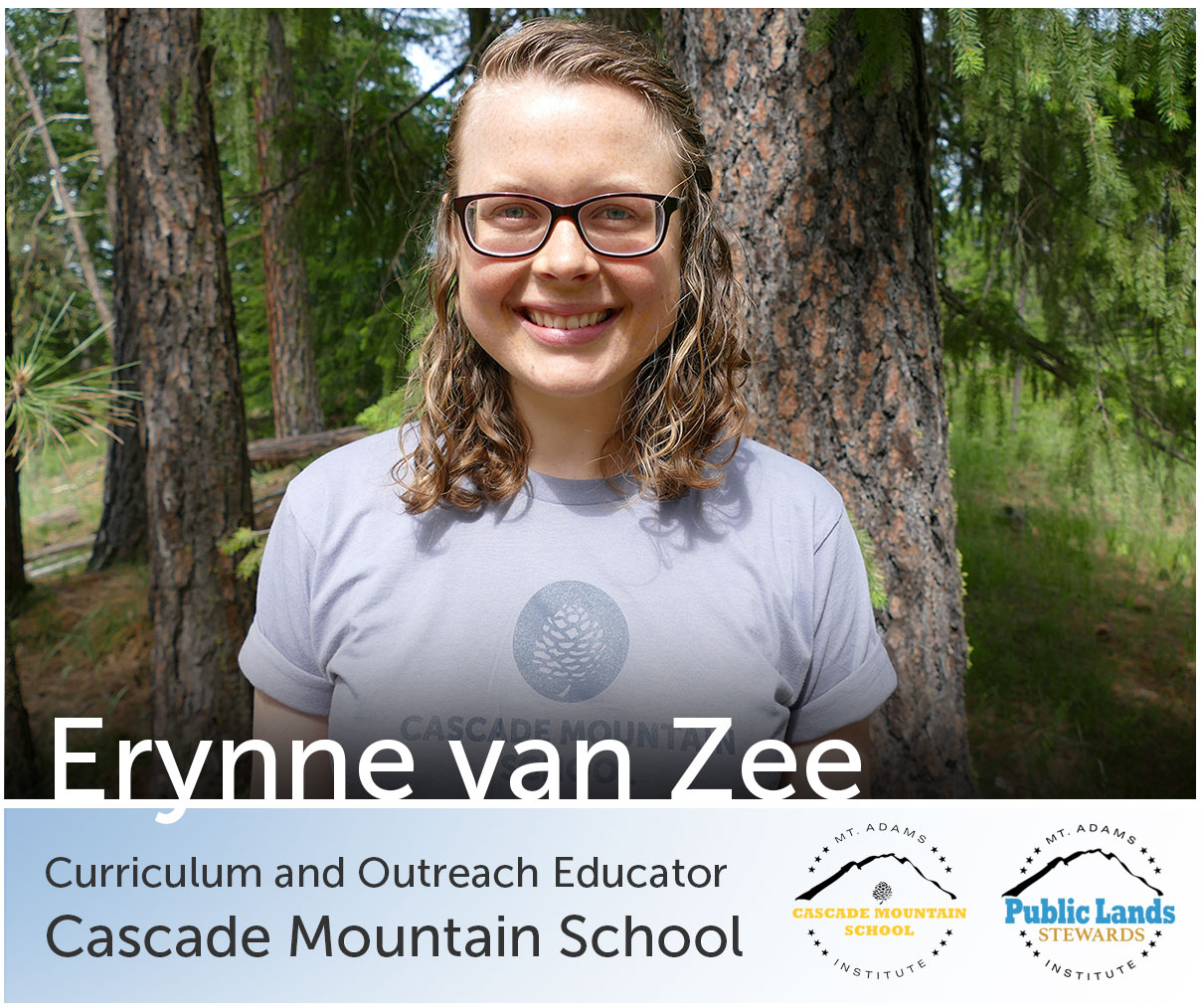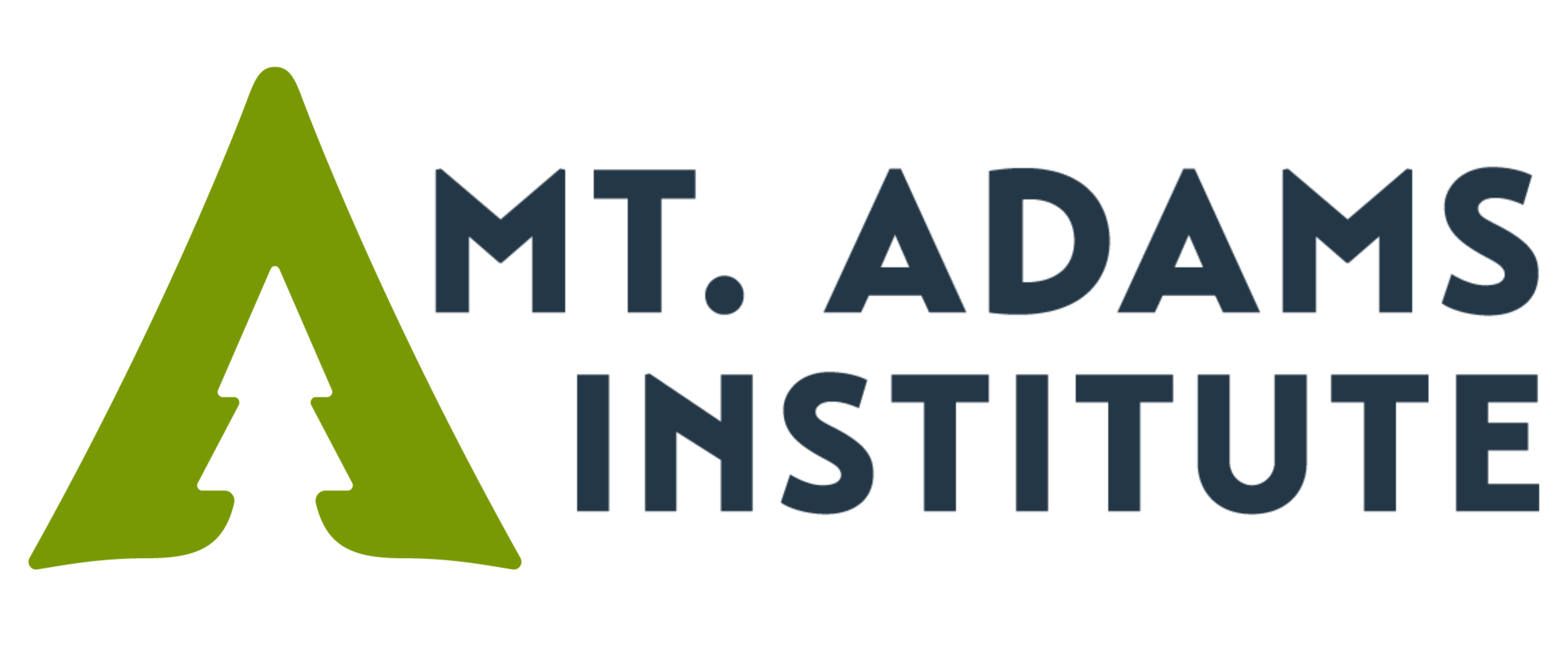 Over two years ago, I sat in a Caffè Nero in Istanbul, Turkey, overlooking the Bosphorus Strait, writing my AmeriCorps application to work at Cascade Mountain School. I measured time by the number of barges that passed, shipping goods from the Black Sea to the Mediterranean. 11 am, 12 pm, 1 pm. I fumbled in basic Turkish to buy coffee, then tea. I watched the locals trickle in and out, pass by my table like the passing of the barges.
Over two years ago, I sat in a Caffè Nero in Istanbul, Turkey, overlooking the Bosphorus Strait, writing my AmeriCorps application to work at Cascade Mountain School. I measured time by the number of barges that passed, shipping goods from the Black Sea to the Mediterranean. 11 am, 12 pm, 1 pm. I fumbled in basic Turkish to buy coffee, then tea. I watched the locals trickle in and out, pass by my table like the passing of the barges.
I found Cascade Mountain School through the Google search: “semester schools Pacific Northwest”, surprising me when a result actually turned up. A close friend from college had attended Chewonki, a semester school in Maine where students attend for one semester their junior year of high school to study environmental science, farming, and ecology. Her stories and experience seemed to seep into her everyday life, providing direction and inspiration for next ventures. As I struggled to find where my passion for environmental engineering and water resources could intersect with my love for STEM education and the Pacific Northwest, finding Cascade Mountain School through a spontaneous internet search miraculously fit the bill.
I walked home along the teal-blue waters of the Bosphorus, jellyfish camouflaged with six-pack plastic rings. The flat sidewalk rose into a flight of steps shaded by an arch of budding trees, connecting the metropolitan bustle to academic grounds. Here I dove deep for a semester into the physics of ocean waves and engineering solutions for coastal erosion; the impacts of climate change on regional politics; and elementary STEM education curricula as a tool to build resiliency to climate change. Through this climate change project in particular, I reaffirmed that a position as an educator with Cascade Mountain School for the summer was a path I was willing to invest in.
Fast forward a few months, a flight halfway around the world took me from 17 million to 7,000 new neighbors in the heart of the Columbia Gorge. I wedged myself between two mountains in a landscape carved by floods, lava flows, and lahars. And I let the tendrils of community that had just begun to form in Istanbul set root in a new, yet familiar, home.
In June 2016, I wrote in my first blog: If finding my sense of place and purpose in this new community were slow and challenging, I [knew I] could always fall back on nature and trees – forgiving and resilient, embracing and nurturing, accepting and grounding.
Two years later, I am still humbled by the process of building community. I’ve worked with over 300 students and committed upwards of 2000 hours of service. I’ve biked countless times around Trout Lake Valley, prompting students to see the layers of water, soil, public health, culture, history, unique ecology, and geologic time that are interwoven into this place. I’ve stir-fried perhaps one-too-many pots of veggies for burritos.
Yet the work I invest to discover new layers to the Columbia Gorge—and to instruct and coordinate experiences that allow students to uncover the forgiving and resilient, embracing and nurturing, accepting and grounding facets of this place for themselves—is indescribably rewarding. Just as much for Cascade Mountain School’s programming and philosophy have I stayed as for the community itself, which is complimentary and crucial to the core of our programs. I’m drawn to the uplifting and supportive work environment, the exploration and curiosity of participants, the strategic and challenging nature of wearing many “hats”—educator, program coordinator, curriculum developer, bilingual communicator, website editor, first aid administrator, community member. Many times I have felt challenged to my boundaries, only to grow through evaluating ways to be a better educator and putting them to action in our next program.
The teal-blue waters of the Bosphorus are no longer my home as they were when I first clicked “submit” back in 2016. Instead, the glacial streams that wind down from Mt. Adams to the Columbia River hydrate my keenness for community-based environmental education programs. I measure time by the number of cars I pass with kayaks strapped to their roofs. And I allow those tendrils of community that began to take root two years ago to really tap into this place and history; into the ecosystems and people; into being present and here.

